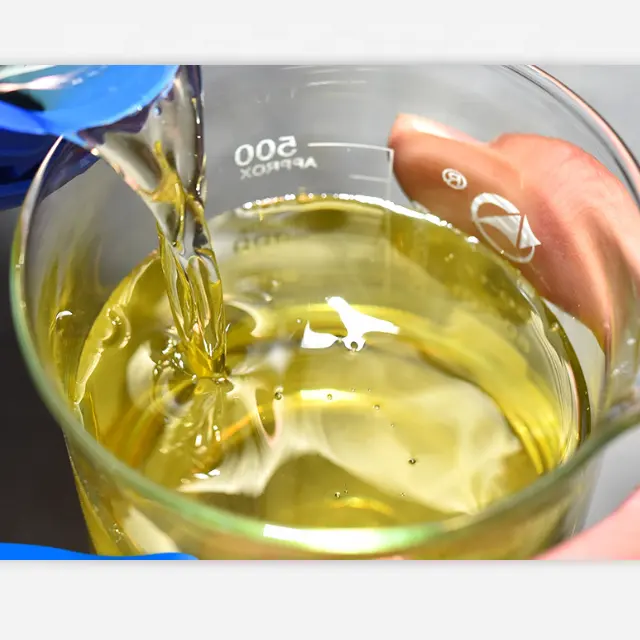Water quality in swimming pools is crucial. Apart from dirt, bacteria, oils, and sweat brought by swimmers, the pool water also contains debris, dust, leaves, bacteria, and algae brought in from the outside. To address this issue, we typically add algaecides to the pool water. Algaecides are chemicals effective in killing and inhibiting the growth of algae, ensuring the water remains clean. This paper primarily discusses the impact of algaecides on swimming pool water quality.

1. The Algae Problem in Pools
Algae in swimming pools can be broadly categorized into three types: green algae, mustard algae, and black algae. Green algae appears as a green viscous liquid, typically floating in the water or sticking to the pool walls. Four conditions favorable for algae growth are: abundant spore bacteria in the pool, high nutrient content in the water; additionally, nutrient salts greatly influence algae growth. The essential nutrients for algae growth include nitrogen, phosphorus, and potassium. If the water lacks these substances, algae growth will be inhibited.
Impact of Algae on Pool Water Quality
The presence of large amounts of algae can deteriorate water quality. This is due to the rapid growth of algae competing with other aquatic organisms for nutrients, leading to the death of aquatic plants. Furthermore, excessive algae can increase harmful bacteria in the water, causing it to rot. Green algae, commonly found floating on the water’s surface, can easily be eliminated in swimming pools by using water treatments, such as increasing the amount of disinfectant.
Potential Risks of Algae Growth
Poor water quality can accelerate the aging of pool equipment like filters and circulation pumps, significantly increasing maintenance and replacement costs. It can corrode pool materials, such as the walls and floor, reducing the pool’s lifespan. It can foster bacteria, algae, and other microbes, worsening the water quality.
2. Types and Mechanisms of Algaecides
Common Algaecide Types
Algaecides can be divided into two main categories: oxidative and non-oxidative.
Oxidative Biocides
Examples include regular chlorine, sodium hypochlorite, and bleaching powder. In recent years, the use of chlorine dioxide, chloramine, ozone, and bromides has been on the rise.
Non-Oxidative Biocides
Known for their effective bactericidal properties, they can damage bacterial cell walls and cytoplasm, such as quaternary ammonium compounds. Among them, benzalkonium and new benzalkonium are two of the most common biocides.
Mechanisms of Different Algaecides
Oxidative Biocides
They mainly destroy bacterial cell structures through oxidation to achieve bacterial extermination.
Non-Oxidative Biocides
Their mechanism involves damaging the cell wall and cytoplasm of microbes, inhibiting pathogens. For instance, quaternary ammonium compounds have excellent inhibitory effects on algal cell proliferation and sludge growth, with strong dispersion and penetration, removing silt and attached algae.
3. Functions of Algaecides
Prevent Algal Blooms
Excessive algae growth in water bodies can lead to harmful algal blooms, greatly damaging water quality. Algaecides are an effective measure against this.
Improve Water Quality
Algaecides can effectively remove algae from water, enhancing its clarity.
Protect Aquatic Ecology
They can effectively control algae growth, preventing damage to aquatic ecosystems.
Boost Aquaculture Yields
Algaecides not only improve the water environment for aquaculture but also increase the yield, enhancing the benefits of aquaculture.
In conclusion, algaecides are key to controlling water quality in swimming pools. They effectively control and eliminate algae, making the water cleaner and clearer. Additionally, algaecides prevent harmful algal blooms, protect pool facilities, increase aquaculture benefits, and maintain aquatic ecological balance.
 Instant
Quote
Instant
Quote Email
Us
Email
Us